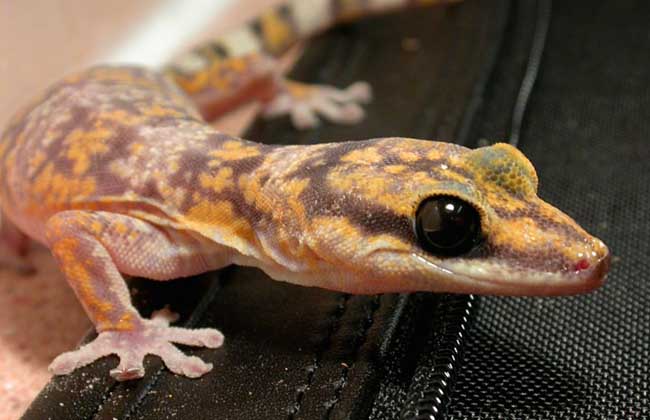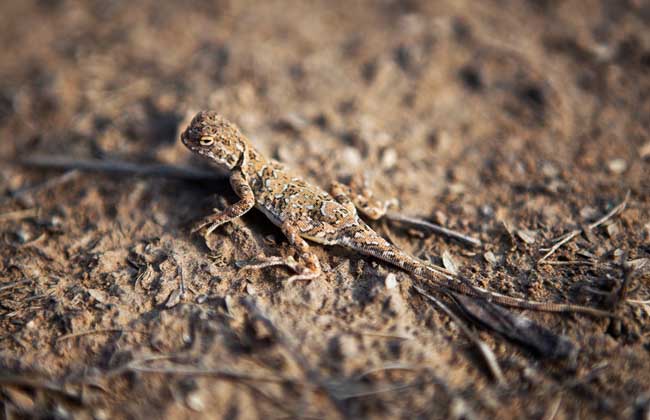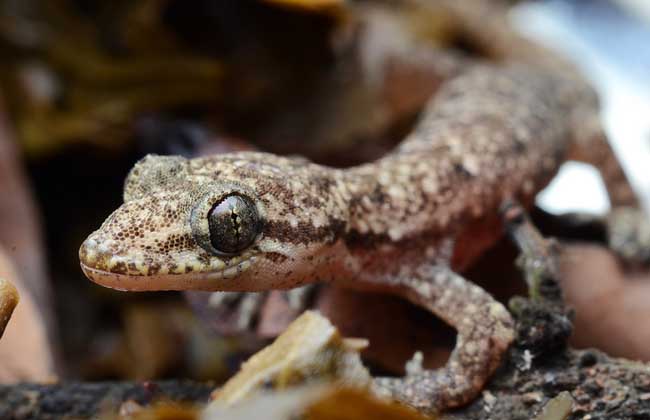Gecko culture technology video
Gecko, also known as gecko, Tianlong, etc., has the effect of expelling wind and relieving shock, detoxification and knot. It mainly treats stroke hemiplegia, rheumatism, eclampsia, epidemic acne and other diseases. This product is commonly used in the folk to treat esophageal cancer, gastric cancer, uterine tumor, and so on. With the gradual depletion of wild gecko resources, artificial large-scale breeding has to have more and more markets. Let's take a look at the gecko breeding technology video.

The living habits of gecko
1. Environment: geckos often live in woods, deserts, grasslands and residential areas. They go out day and night, lurking in hidden places such as cracks, tile eaves, cupboards and other hidden places during the day, and come out at night to look for all kinds of insects. The most suitable temperature zone for activity is 25-33 ℃, and the relative humidity is 55%. 70%. It has the habit of hibernation. When the temperature drops below 15 ℃, it begins to sting and enter hibernation. When the temperature rises to 15-18 ℃, they begin to sting and foraging one after another.
2. Feeding habits: geckos have miscellaneous feeding habits, mainly live insects, which are beneficial and harmless animals. Flies, mosquitoes, cockroaches and yellow powder insects are all good fodder for geckos. Farmers can not only catch them in the wild, but also raise them artificially.
3. Tail amputation: when the gecko is strongly disturbed, the tail can be amputated by itself, and a new tail can be regenerated later.
4. Reproduction: gecko is an egg-laying animal, which usually lays eggs once a year. The wild spawning period is generally from late May to early August. The average number of eggs laid in one breeding period is 1.8, and each litter is constant. Sometimes several females lay eggs together. There is a significant positive correlation between the weight of each litter and individual size. The spawning frequency of large individuals is also high, and the breeding period of females can be changed by ambient temperature.
Construction of gecko farm
1. Site selection: convenient transportation, stable and hygienic water source, convenient power facilities, no greater noise pollution.
2. Site construction: the area of the gecko house depends on the feeding scale. It is generally 4 meters long, 2.5 meters wide and 2.2 meters high. 400 geckos can be raised in each room. The gecko activity should be built at the top of the breeding room, 1.2 meters high, surrounded by barbed wire around and at the top. The breeding room is connected with the activity ground, so it is convenient for geckos to get in and out. 20 watts of black light is installed at the top of the activity ground, the lights are turned on to trap insects, and the funnel is installed below. Insects fall into the activity ground for gecko to eat through the funnel, clear water is placed in the room for gecko to drink, a small pool is set up for gecko to take a bath, a layer of papyrus is pasted on the four walls of the room, and several linen sheets are hung to facilitate gecko spawning and concealment.
3, anti-escape facilities: rural tile houses need to nail a layer of plastic sheet on the roof to prevent escape, nail a layer of plastic sheet around the wall and the top of the house to prevent the gecko from escaping, the bungalow and the building are not used, leave the vent iron window sand fixed on the window, the entrance and exit of the door can be modified with a long zipper.
4. Aquaculture facilities: lay a layer of breeding soil on the ground, put a layer of brick or tile on the soil to let the gecko perch, and place an appropriate amount of water plate in the feeding room, the method is to use an ordinary dish plate on the middle hollowed-out foam plate, and the water plate puts feed, the water plate puts a clean sponge that absorbs enough water, and the surrounding of the foam board is cut into a slope with a knife to facilitate the gecko to drink water up and down.
Culture methods of gecko
1. Provenance selection: the gecko provenance can buy gecko species weighing about 150 grams in the farm where gecko is raised, and can also be caught in the wild in the mountains.
2. Spawning and reproduction: geckos generally resume their activities in April, and the first mating and spawning are carried out in early May. When gecko reproduces, the ratio of female to male is 5:1, and they are allowed to mate freely. Male gecko cloaca has triangular protuberances, female gecko lays eggs at a time, lays eggs 3-4 times a year, eggs are laid 3-4 times a year, and the eggs are soft when exposed to the air for half an hour. They hatch at a natural temperature above 30 ℃. The incubation period is 50-60 days.
3. Seedling feeding: the little gecko has a body length of 7-8 mm when it is hatched. After 3-5 days, it can find food on its own, feed some rice soup, sugar water and skimmed milk powder within a week, and feed some boiled egg yolks and bugs a week later. and timely transfer to the small gecko house to prevent being harmed by the male gecko, can be raised in groups after a month, and the appropriate feeding density is 40-50 per square meter. It weighs 150-200 grams in a year.
4. Feeding bait: gecko feed has several sources of trapping, artificial feed and artificial compound feed. Yellow powder insects, fly maggots and ground turtles are usually raised. These nutritious insects are placed on a plate and placed on the ground for gecko to feed. When there is a shortage of live food, geckos should be trained to eat artificial feed, corn, rice, pumpkin, wax gourd and other cooked into a paste, put into the plate, during bait, do not feed insects, do not give water The gecko eats a lot of food when it is hungry, and the feeding time is in the evening.
5. Daily management: in addition to timely feeding and water supply, breeding management should also pay attention to disease prevention, heat prevention and cold resistance. Disinfectants should use highly effective drugs with mild odors, such as Baidu, etc., and should be operated lightly to avoid disturbing geckos and reduce stress as far as possible. In summer, you can spray water inside and outside the house, hang wet gauze at the air inlet to dissipate heat, increase ventilation, cover the roof with thick grass and get wet. Gecko hibernates in winter, pay attention to cold resistance and warmth, such as closing doors and windows, thickening the cloth on the wall, reducing water plates, and so on.
6. Capture and processing: generally, adult geckos can be captured for processing in April-August, hit on the head with heavy objects to cause fainting, cut off eyes with a sharp blade, cut open from abdomen to chest, take out internal organs, dry blood stains with cloth, and then use bamboo pieces boiled and sterilized to spread the gecko open, then use bamboo pieces to straighten the limbs, head and tail, and dry them with a gentle fire as the finished product.
Related
- A course of planting techniques and methods on how to grow carrots
- How to plant the latest tulips?
- Is it better to pick tea in the morning or in the afternoon? When is the best time for tea to be picked? what is the third or fifth tea?
- Launch Yuanxiao Happy combination Haocha + Tea Yuan healthy Taste
- Penghu Tourism "Fireworks 20 Parade with You"
- 2022 West Lake Happiness holds "Digital Revitalization Voucher" and draws iphone13 and laptop.
- Banqiao Fuzhou social houses are designed to change start-up combined with police elimination to create a safe and livable environment
- The convenient measure of "mechanical weeding" in Xinbei has been abused and the Agriculture Bureau has imposed heavy penalties on the illegal land consolidation.
- Changgeng University Joins Hands with Four Memory Factories to Rescue Memory Talent Shortage
- The list of Taiwan's top 100 MVP managers is listed by the Director-General of the Farmers' Association of Sanxia District.



